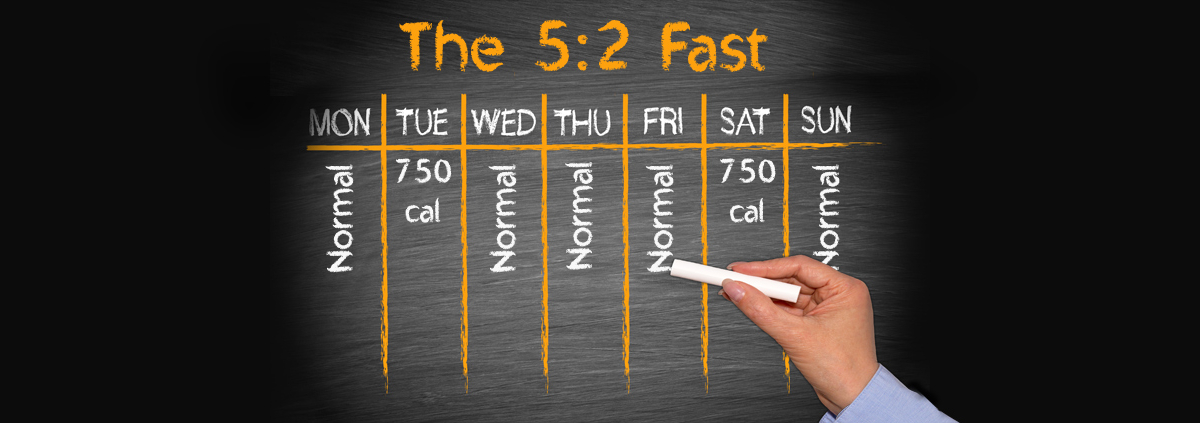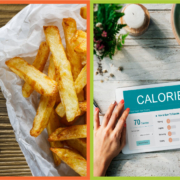Fasting: Two Approaches
It’s time to get into some real fasting. While there’s nothing wrong with the abstinence approach, abstinence is not really fasting. I’m going to cover two different approaches. The first is known by the moniker 5:2. That means you eat reasonably five days out of the week and you fast two days per week. The second is a straight fasting approach of limiting calories per day that has been used in conjunction with cancer treatment. There’s no specified times to eat in either case, and you can drink any calorie-free beverages of your choosing.
The 5:2 Fast
The 5:2 fasting diet was originally developed about 10 years ago by a British physician/journalist. It’s become commercialized over the years with new additions and materials but essentially, this is how it works:
- For five days a week, you eat your normal diet. The goal is to eat healthier, but there are no restrictions on the number of calories that you can eat.
- For two nonconsecutive days of the week, you reduce your caloric intake to 750 calories per day, spread out over the day as you want. Again, the goal is to eat healthy food—and wouldn’t you know it, healthy food is generally low in calories! Your intake should include plenty of vegetables.
That’s it. It’s a way you can eat for the rest of your life if you want to. If you add some exercise and choose a better diet, you could lose weight and get some of the benefits I talked about in earlier Memos.
The Two- to Five-Day Fast
This approach is closer to a true fast than anything else because there are no gimmicks. The goal is to help the immune system and other organs by focusing less on growth and more on repair. This approach was developed by Dr. Valter Longo and has the most research behind it.
The goal is to eat healthy. A vegetarian approach with very low protein can make it very beneficial. Because this is a very low calorie fast, you have to check with your physician before you do it. Here we go:
- Day 1
Eat up to 1,200 calories, primarily from vegetables with some protein. Soups and broths make this approach easier. If you wanted to use shakes or smoothies, that’s acceptable as long as you stay under the 1,200 calories for the day.
- Day 2 through Day 5
On these days, your calories are restricted: 300 to 500 calories per day. The calories should come primarily from vegetables and again soups and broths are desirable.
When I use this approach, I generally do two days: one 1,200 calorie day and one 500 calorie day, and then eat normally the other five days. You have to be mentally ready if you’re going to do additional days. Eat when you want, whether a single meal or spread throughout the day. The choice is yours.
The Bottom Line
The last four Memos have talked about fasting and abstinence in relation to food intake. The question is why do this at all? Is there science to support it? Is it worth doing? That’s for next week.
What are you prepared to do today?









